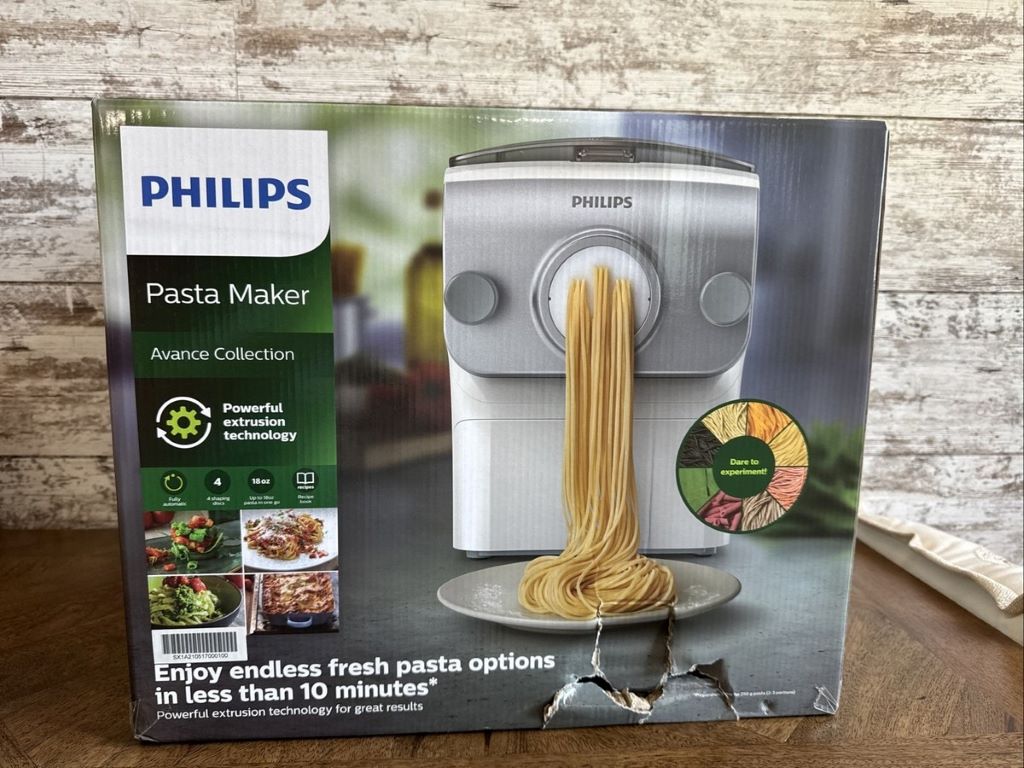We tend to take our central heating systems for granted, but as the weather gets warmer and you have less of a need for heat, it could be a good time to review whether your system is up to the job. This is especially wise if you have some other home improvements planned.

Boilers
Boilers have changed in recent years. Any that have been installed after 2005 have to be a condensing type. These are more efficient than older types because they effectively recycle the heat that would otherwise be lost via the flue.
Combi or not?
Many people think that getting a new boiler means getting a combi, which is a boiler that heats water on demand rather than storing it in a cylinder. This is not the case; it’s possible to get a condensing boiler that feeds a hot water cylinder, sometimes called a system boiler. These are likely to be a better choice if you have a larger house or a big family and tend to use more hot water. On the other hand, fitting a combi boiler wins back the space taken up by the cylinder for other use.

Radiators
If you’re fitting a new boiler, you may also want to look at the radiators. While you can flush the system and use the old ones, changing the boiler is a good opportunity to think about upgrading the radiators and valves. The latest bathroom radiators are more stylish, and suppliers like http://apolloradiators.co.uk/Category/43/header/57/bathroom-radiator-ranges have a wide range. Adding thermostatic radiator valves can give you control over the temperature of each room.
Controls
A new boiler is also a chance to upgrade your system controls. We’ve already mentioned thermostatic radiator valves, but you can also take the opportunity to upgrade your old mechanical timer to a modern electronic unit that gives you more programming options. The latest thermostats allow you to control your heating remotely from your smartphone .
Plan ahead
If you’re planning other home improvements, such as an extension or a loft conversion, it’s important to also consider your heating system. Will you need extra radiators, and can your existing boiler cope with the extra demand? If there’s a header tank in the loft you’re converting, you need to relocate it or switch to a system that doesn’t need one.


